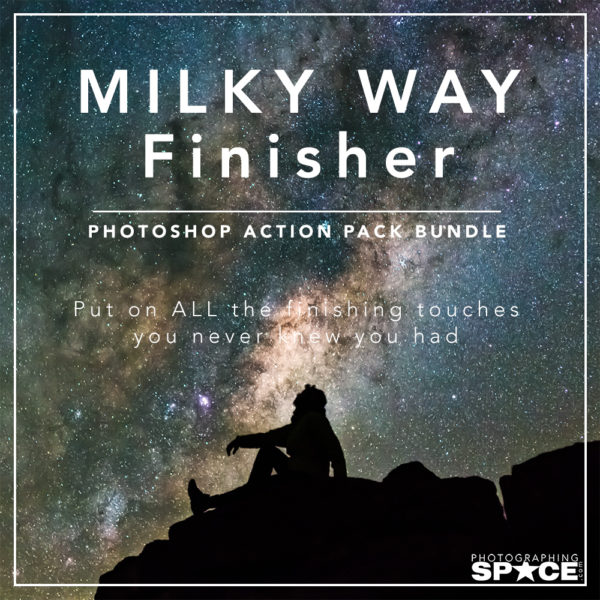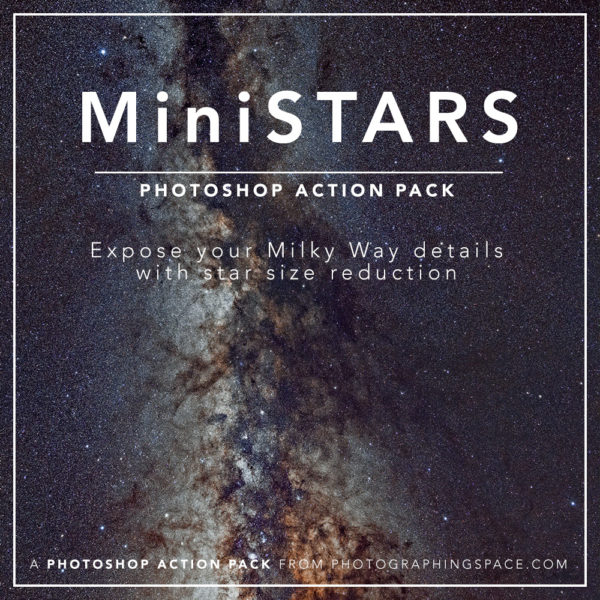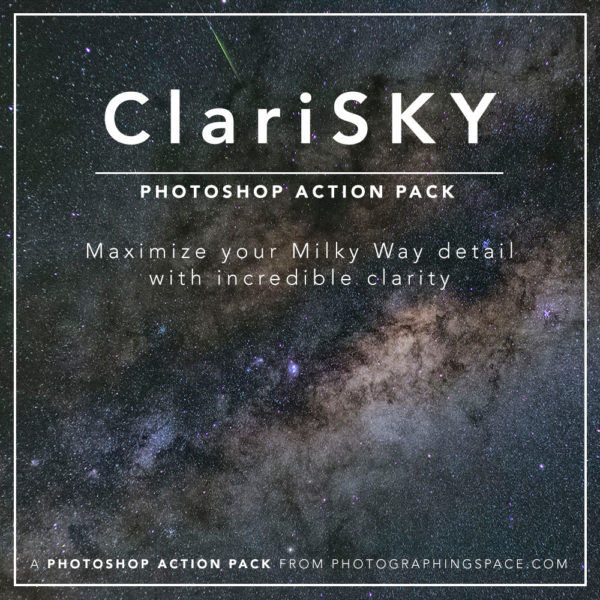I can’t tell you how to get an APOD.
What I can share with you is how I planned, acquired, and processed that image that went viral, eventually to be shared by NASA crew members on the space station past and present, world media outlets, and even ESA. I was lucky that the astronomers who select APOD every day since June 16, 1995, enjoyed my photo of the ISS silhouetted against the moon enough to select it. It’s a privilege and an honour, and a highly coveted one.
Planning
Depending on where you live, the ISS will transit the sun or moon several times a year. The time of day, weather, seeing, moon phase, and other factors combined mean that the chances I had for a shot like this from my backyard are very small. Once a year for a sun or moon transit if I’m lucky. Basically, if there is a transit – I’ll try it. Others like Thierry Legault will travel to catch transits from ideal locations and during even rarer events like an eclipse, which is also recommended to get the shot you want.
 I use Calsky.org to tell me when a transit will occur. The website is a little confusing and unwieldy, but very powerful. Once you have an account with your GPS coordinates, set the email alerts to notify you of potential sun or moon transits then wait. And wait…and wait. Alternatively, look for close passes with the sun or moon then find the centerline, it may be an easy drive from your house. (Note: Don’t try to photograph the sun without the right filters! It can damage your camera sensor.)
I use Calsky.org to tell me when a transit will occur. The website is a little confusing and unwieldy, but very powerful. Once you have an account with your GPS coordinates, set the email alerts to notify you of potential sun or moon transits then wait. And wait…and wait. Alternatively, look for close passes with the sun or moon then find the centerline, it may be an easy drive from your house. (Note: Don’t try to photograph the sun without the right filters! It can damage your camera sensor.)
When you get an email alert, it will include the transit details down to a fraction of a second. Remember – this time will change from the time you receive the email, to the actual time it happens as the ISS orbit shifts ever so slightly. If you are even a few seconds off, you will miss it. So when you are ready on the day/night to take the photo, go back to Calsky.org and double-check the exact time. It will have changed. I’ll be focusing on a night moon transit for the rest of this tutorial.

The Calsky notification is very detailed and a bit confusing. It will allow you to work out how long the ISS will pass the disc of the moon and more. Note the time and use your favourite planetarium application (eg. Stellarium, Skyguide, etc.) to ensure the moon is clear of your roof or landscape. If the weather holds, you’re ready to try to capture the white whale!
Cal-sky.com is wholly supported by user donations and ran by one person from his home for the betterment of the hobby. For those of us who routinely image these ISS transits, it is the only way that we know when to take our pictures. Support calsky.com with a small or large donations.
Acquisition
Get your telescope and mount set up, polar aligned, and tracking the moon nicely. Make sure you change your mount tracking rate to “Lunar” from the default “Sidereal,” which is tracking at the speed of the Earth’s rotation. The difference is slight but you don’t want the moon to drift out of frame as you wait for the final moment.
 For my shot, I was using a Canon 70D at the rear cell of a Celestron Edge HD 9.25” SCT. It’s focal length is so long and the APS-C sensor small that the full disc of the moon didn’t actually fit! You may want to consider these things when you go to take your shot and add a focal reducer, or choose the right scope for the job so the moon is nicely framed. Also make sure you have a remote switch to trigger the shutter without touching the camera. I use an RC-60E3. Set your camera to high speed burst mode.
For my shot, I was using a Canon 70D at the rear cell of a Celestron Edge HD 9.25” SCT. It’s focal length is so long and the APS-C sensor small that the full disc of the moon didn’t actually fit! You may want to consider these things when you go to take your shot and add a focal reducer, or choose the right scope for the job so the moon is nicely framed. Also make sure you have a remote switch to trigger the shutter without touching the camera. I use an RC-60E3. Set your camera to high speed burst mode.
Compose your shot and take some test frames at around 1/1600s – it needs to be that quick to freeze the space station! Otherwise it will appear as a blurry smudge. Then choose an ISO as low as possible (for less noise) that will still expose the moon evenly. I choose to underexpose slightly rather than increase ISO. Not too bright to blow out the details in the light, not too dim to lose details in the shadow. Your histogram should look like a nice Gaussian (normal) distribution. That means it should look something like a nice “hill” or bell curve in the middle, not clipping at the low or high end.
My settings
To RAW or not to RAW?
Seems like a silly question right? Or course RAW! I agree, but there is a case for JPEG in this special case. When you go to take a burst of frames at high speed in the final second(s) when the transit is predicted your DSLR camera will eventually run out of read memory buffer and stop taking frames. Switching to JPEG will mean you can burst for longer. I know what you’re thinking.. can I burst 10 shots, or 12? You’ve got to ask yourself one question – do you feel lucky? Well, do ya punk?
Seriously though, I’ve screwed up these shots bursting too early. If I’d switched to JPEG I may have succeeded! But RAW is best and if you do catch the transit in RAW you’ll be able to push the data harder like I did, to get a colour shot of the moon. None of this applies if you are using a high speed CMOS camera but remember that DSLR video usually isn’t quick enough to freeze the ISS in motion so resist the temptation to switch to video mode unless you know your frames are coming in at high speed.
Ok, so you’re standing outside with your hand on the shutter release. You’ve focused, you’ve taken test shots, the moon is framed nicely. Fire off a shot every minute or so while you wait – another pitfall is letting your camera go to sleep! Double check the timing on Calsky.org and use a secondary app like SkyGuide to track the ISS visually so you can gauge its position as it travels across the sky towards the moon. Hold your breath, get ready, wait until the last predicted second or two, then hold down that shutter and burst!
In all likelihood, you will have no idea whether you caught it or not until you review the frames. On the camera’s LCD screen the ISS is very, very small, maybe only a few pixels, so review the frames on a larger monitor if you can, or zoom in on each frame to check. Hopefully you caught your whale!








Now the calsky site is overloaded. Guess you might like to use some of your website skills to help them out!
That’s great to know people are using it so much! And the ISS is flying in our sky here RIGHT NOW. 🙂
Hi, how can one avoid vibrations when using continuous/burst mode? I have a Canon 60D and I find mirror locking useless, and silent mode 1 together with live view the best way to avoid vibrations (with a remote switch of course). But when I use continuous mode I get plenty vibrations from the mirror flip-flopping about.
That’s a great question and astute observation. You will get some amount of vibration as the mirror flips. Thankfully the sheer weight of my scope and mount make this fairly minimal but also fortunately 1/1600th of a second shutter speed means you won’t get any blur anyway, it’s just too fast. For shots that don’t require burst speed (like deep sky imaging) the mirror lockup feature is definitely useful though.
I also believe this is camera dependent (which makes sense). I’ve personally never felt the need to use mirror lockup with any of my cameras (550D and 5D). However, different camera models likely have different amounts of hammering going on inside the mirror-flip mechanism. Perhaps the 60D is one of those.
Just an observation. Yet another reason to test your gear!
Thanks for the answers, guys!
Brilliant article Dylan, an absorbing read and amusing. Congrats on the APOD. Well deserved.
Cal-sky.com is wholly supported by user donations and ran by one person from his home for the betterment of the hobby. For those of us who routinely image these ISS transits, it is the only way that we know when to take our pictures.
Let’s promote the site that makes this all possible by encouraging readers to go and support calsky.com with their small or large donations.
That’s a great idea, Stephen. We should add something to the article about that. Thanks for the heads up!
Cheers,
Cory
One step ahead Cory, article updated with your words Stephen. Calsky is an important resource! Thanks.
Looks great! Thanks Dylan and Stephen.
Cheers,
Cory